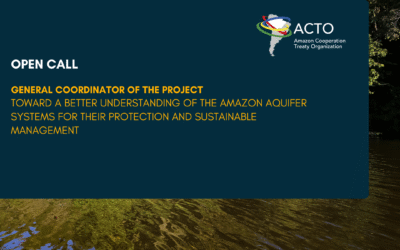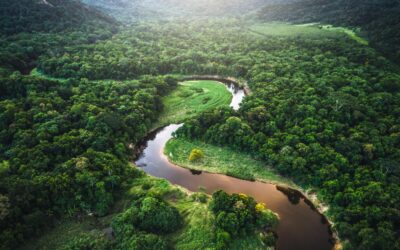The National Forestry and Wild Fauna Service (SERFOR) prepared the “Guide for obtaining the Export, Import or Re-export Certificate of specimens, products, and by-products of wild flora and fauna, with priority to species included in the CITES appendices”.
The Guide has a clear, simple, and easy-to-read language for users and the general public who wish to obtain information about export, import, and re-export procedures related to CITES – Convention on International Trade in Endangered Species of Wild Fauna and Flora.
This work, supported by the Bioamazon Project, is carried out within the framework of Component 2 – Regional strengthening and harmonization of national mechanisms/systems/processes for issuing electronic permits.
This document intends to help those users, who carry out export, import and re-export procedures in SERFOR, to obtain information about requirements in the use of the Single Window for Foreign Trade (VUCE).
The Guide is divided into three sections. The first one refers to CITES and its Appendices, so it is possible to know if a species is listed in the Appendices, and if it is presented within the general framework of the Convention; In addition to having species search engines enabling to know if the species require the application of CITES export, import or re-export procedures.The second section introduces the National Regulations on the issuance of CITES permits or certificates, as well as the procedures for the export, import and re-export of flora and fauna. The access and management of the Foreign Trade Single Window System (VUCE) is presented in the third section, since all export, import or re-export procedures are carried out jointly with 17 other entities of the Peruvian state through said system.
Finally, the document offers a section of frequently asked questions with the answers from SERFOR, which is the CITES Management Authority in the country. SERFOR is the National Forestry and Wildlife Authority, and its main function is to promote the sustainable management of Peru’s wild flora and fauna.
Published in the Bioamazon Newsletter, issue n. 13, Jan-Feb 2021. ========================================================================











